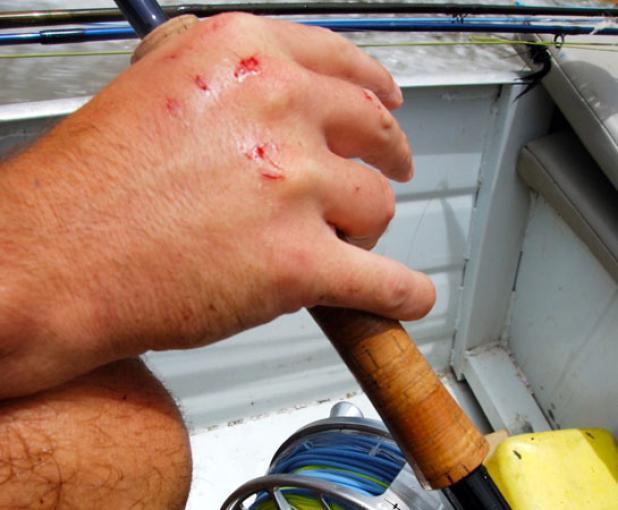Playing A Links Golf Course
The 2007 British Open will be played at Carnoustie Championship Course. For four days fans will see the world's greatest golfers tested by one of the toughest links courses in Scotland, if not the toughest. Links courses aren't as popular in the United States as they are in Scotland, which means you may never have played one. But if you have, you know that you must adopt a different style of play to score well on the course and keep your golf handicap down.
A links golf course, as I've explained in my golf tips, is the oldest style golf course. It was first developed in Scotland. The word comes from the Scottish language and refers to both an area of coastal sand dunes and sometimes open parkland. Many links courses though not all are located in coastal areas, on sandy soil, often amid dunes, with few water hazards and few if any trees. Links courses reflect the nature of the scenery where the sport originated, and the fact that only limited resources were available to golf course architects at the time. Earth moving had to be done by hand, so it was minimized.
Challenges of A Links Course
Uneven fairways, thick rough, and small deep bunkers known as "pot bunkers" characterize links courses. Many links courses are frequently windy, affecting the style
of play required. Since many links courses consist of an "outward" nine in one direction along the coast, and an "inward" nine that returns in the opposite direction, players often have to cope with opposite wind patterns in each half of their round.
Playing a links course is demanding. You're often exposed to extreme weather conditions and usually play in winds far stronger than you experience inland, so you need to keep most shots low and/or on a line. A links course may look flat and featureless from a distance, but once you start playing you'll discover the ground is a mass of humps and hollows. Many tee shots are semi-blind.
Hard, fast-running fairways cause unpredictable bounces. Your ball shoots forward on the first bounce, while the same shot pitching into a hump stops quickly. Occasionally, a ball flying in the middle of the fairway kicks into the rough. The short grass and closely mown fairways on a links course remove some of the fear of mid-range approach shots. But a crisply struck iron generates a great deal of backspin because very little grass comes between the clubface and the ball at impact.
Take Advantage of the Wind
The wind is almost always a factor on a links course. Use it to your advantage. With a tailwind you should hit the ball higher to gain maximum distance on the shot. With a head wind it's difficult to put enough backspin on the ball to pitch and stop it neatly on the green. Also, forget the distance you usually hit a ball because the wind drastically alters your normal club selection. Take less club, swing smoothly, and let the wind carry the ball well short of the green and expect plenty of run on the shot. Crosswinds force you to aim way off line and allow the ball to be blown back on target.
Wind Also Affects the Short Game
The wind also affects the short game on a links course. A low pitch and run is safer when playing in the wind than a high lob, as I've explained in my golf tips. A 7-iron is the ideal club for the shot. Bunkers are hard to spot in the humps and hollows of a links course and devilishly difficult to escape from. Don't take risks it's fine to sacrifice distance particularly if it keeps you on the fairway.
When you land in a fairway bunker it's unlikely you'll have a direct route to the green. Concentrate on making sure your next shot isn't from the same spot. The powdery fine sand is perfect for the high splash shot. Open your stance and keep the clubface open. Swing long and smooth on an out-to-in path. Huge sandy dunes are punishing hazards that surround many fairways and greens. The thick, wiry grass doesn't let go of your ball easily.
Putting o a links course is no easy task, either. A long putt on a large sloping links green often takes two or three different breaks. It's important to study the green's slope carefully. Look at a putt along the ball-to-target line and then from the side on to give you a better perspective. Wind also affects the ball's roll. Occasionally, a long putt drops, but you should never be disappointed to get down in two strokes
Playing a links course for the first time is exciting. But you need to adjust your game to make up for the differences in a links style course and to set realistic goals for yourself. If you try to be too aggressive, your scores-and your golf handicap-will suffer.
Copyright (c) 2007 Jack Moorehouse
Choosing The Right Golf Teacher
Five Quick Tips For The Weekend


